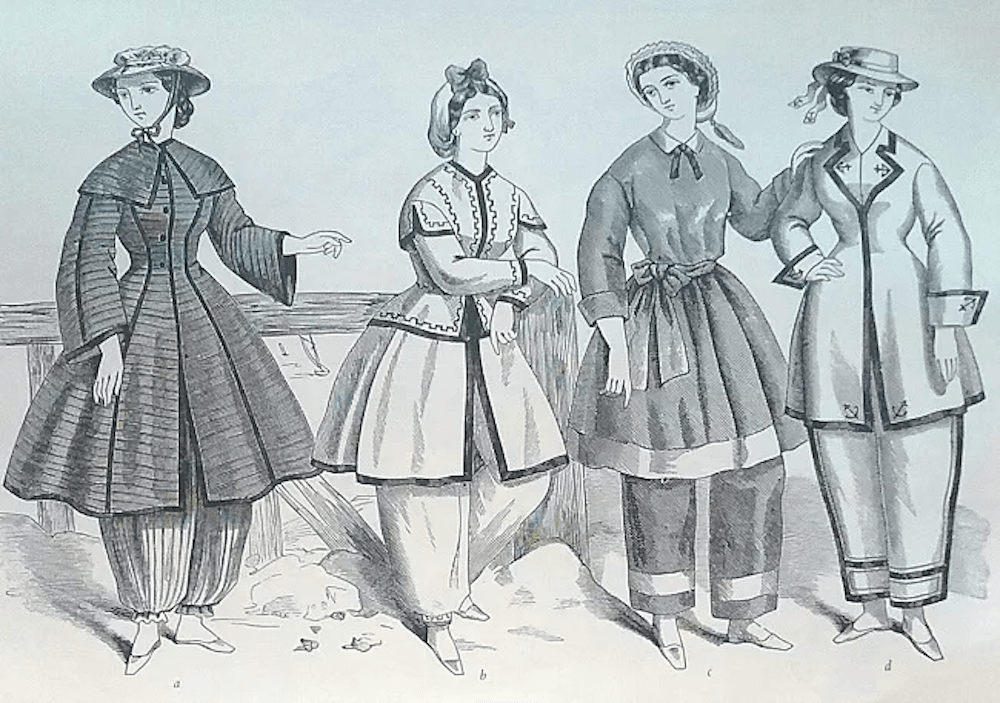Tanned skin: trendy and healthy?
In this article, we want to investigate when the vogue for tanned skin began, how people protected their skin in different eras, and how does SPF work?

It’s summer in the North globe. Time of seashores, vitamin D, and bronze skin. Many products are a summer must in our cosmetics kits. We are talking about those bottles with sun-something written on them: sun protection for skin and hair, suntan oils and sprays, after tan lotions.

All in all, the market reflects our growing awareness about how our skin copes with sunlight.
In 2020, 127+ million Americans used suntan\sunscreen products (data by NHCS). Recent trend shows that products with high solar-protecting abilities, like SPF 100, are in the highest demand. By 2029, the global sunscreen product market will grow to more than $24 billion.
That said, tanned skin doesn’t seem to come out of fashion, so indoor tanning is still a popular procedure despite all its risks. Even though the popularity of tanning beds recently decreased because of its dangerous side effects, about 30 million Americans use indoor tanning each year.
In this article, we want to investigate when the vogue for tanned skin began, how people protected their skin in different eras, and how does SPF work?
When did tanned skin become a thing?
Until the late 19th century, tanned skin was a feature of the working class who spent most time outdoors under the sun. Europeans and Americans from the upper class enjoyed the shade of their living rooms, and when they went out, they were all covered with long-sleeved clothing, wide hats, and umbrellas to shield themselves from the sun (and freckles). The same goes for Asians, who considered skin tone a mark of social status: the paler a person was, the richer.

In Europe, the change came with the industrial revolution: that same working-class entered plants and factories. They lived in small dwellings without much light and spent almost all their time indoors. At the same time, doctors discovered beneficial effects of sunbathing for bone development or coping with diseases like consumption. Only the rich could afford long vacations at the seashore. Gradually, bronze skin became a sign of wealth & health. But it wasn’t until the 1920-es when it became a trend.

The story says that a massive vogue for tanning came to Europe because of Coco Chanel. In 1920-es, the designer got chocolate skin during a Mediterranean cruise. So, she presented pale skin as a thing from the Victorian era and proposed to leave it in the past. As Chanel was one of the major trendsetters of that time, tanned skin became fashionable.
Another major contributor to tanning was color television in the 1950-es. The lighting on the set made actresses look pale, so they went for tanned skin to look healthier on screen.
By 1960, tanned skin entirely substituted pale one in its status of beauty. It became a feature of the wealthier people, who spent their summer by the sea, enjoyed outdoor sports, and could go to the tropics any time of the year. Other people with less income could create the “allure” thanks to the tanning beds that massively appeared in the USA in 1970-es. Indoor tanning was at the height of popularity until 2000-es when research revealed its destructive impact on health.
